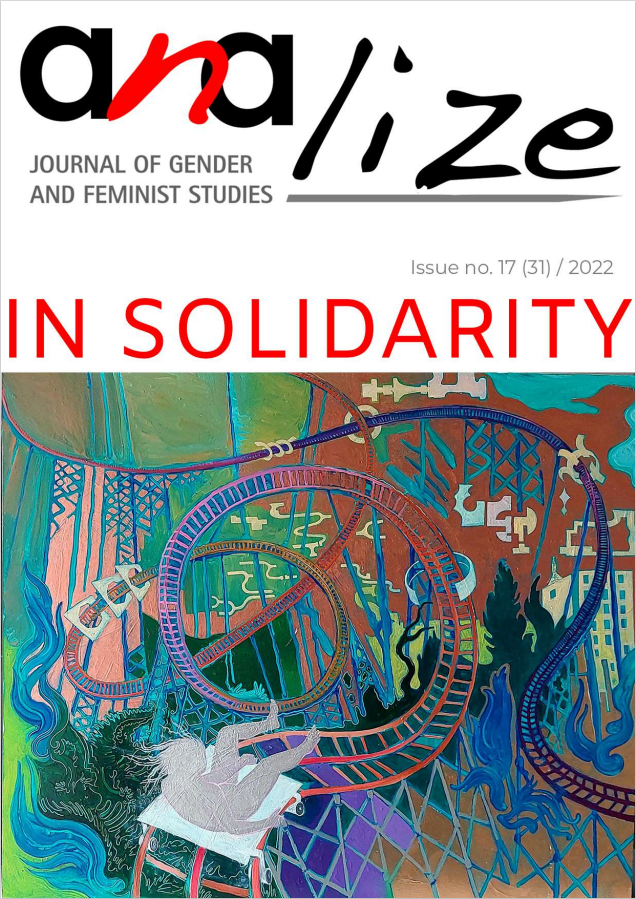Ancient Egyptian Female Pharaoh Hatshepsut as a Model Of Female Power in Antiquity and Her Visual Representation:
the Gender Issue of the „Royal Queer”
Ancient Egyptian Female Pharaoh Hatshepsut as a Model Of Female Power in Antiquity and Her Visual Representation:
the Gender Issue of the „Royal Queer”
Author(s): Amina ŠehovićSubject(s): Gender Studies, Ancient World
Published by: Societatea de Analize Feministe AnA
Keywords: Hatshepsut; female pharaoh; ancient Egypt; visual representation;
Summary/Abstract: Hatshepsut was among the most powerful women of the ancient world. Besides that, she was probably one of the most powerful women in the whole of human history. She was a ruler in ancient Egypt from ca. 1479 to 1458 BC. More precisely, Hatshepsut was a queen, a regent, a co-regent, and a king/pharaoh. Hatshepsut could not be the head of Egypt as a queen—in order to rule, she had to become a king or pharaoh. Because of that, she wanted to present herself not just as a woman, but as a man too. Ideology demanded a male ruler and Hatshepsut adjusted to that as best as she could. But Tutmos III erased her from history after her death with an act known as damnatio memoriae. Therefore, Hatshepsut's name was forgotten for thousands of years. This paper will not deal in detail with Hatshepsut's biography or all the achievements she accomplished during her reign, but through the prism of her life and reign, it will give a look at the model of women's power in antiquity established by Hatshepsut, and a look at her position as a female ruler. One of the aspects of this paper is Hatshepsut's visual representation, and an attempt will be made to explain what it means that Hatshepsut (in some cases) was portrayed as a man.
Journal: AnALize: Revista de studii feministe
- Issue Year: 2022
- Issue No: 17 (31)
- Page Range: 149-159
- Page Count: 11
- Language: English

